
One of the headline features of the two iPhone 12 Pro models is the LiDAR scanner. Night mode Portrait photos had already impressed me, and an app to create 3D scans of your home has now done so, too.
Canvas is an iPhone app that you can use to scan your rooms, and then pay a modest fee to have them turned into professional CAD models that can be used to help remodel your home. You may have spotted that it was featured in the iPhone 12 launch…
Using the app is pretty simple. Stand in the center of the room and press the Scan button. It then overlays an augmented reality grid on your room, looking much like a powered-down Star Trek Holosuite. Simply keep moving the phone up and down as you slowly turn, to cover the whole grid. Grid sections disappear as you capture each part of the room.
I say “pretty simple,” because I did experience a few glitches. When I first tried it in my office, it wouldn’t work – which we think is because the room is too small at around 10 feet by 9 feet. Our living room also proved challenging, as it has a kitchen alcove, and there is nowhere you can stand in the room with a complete view of every vertical surface. The best compromise meant it assumed there was a wall instead of a door in the surface it couldn’t see.
The very first result you see on completing the scan doesn’t look remotely encouraging!
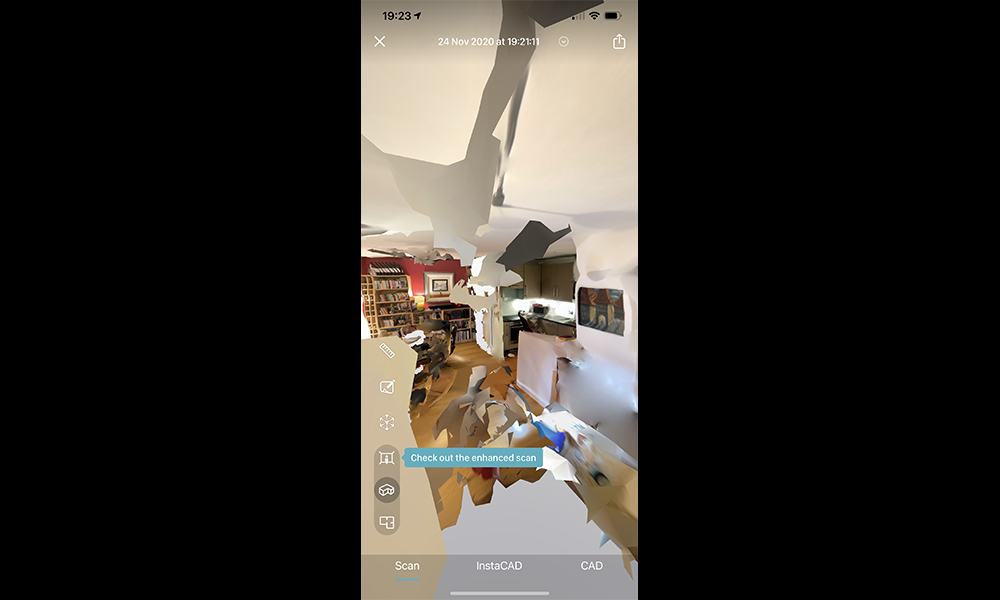
Accepting the invitation to view the enhanced scan also doesn’t lend confidence, as the processing screen displays something that looks… very sketchy.
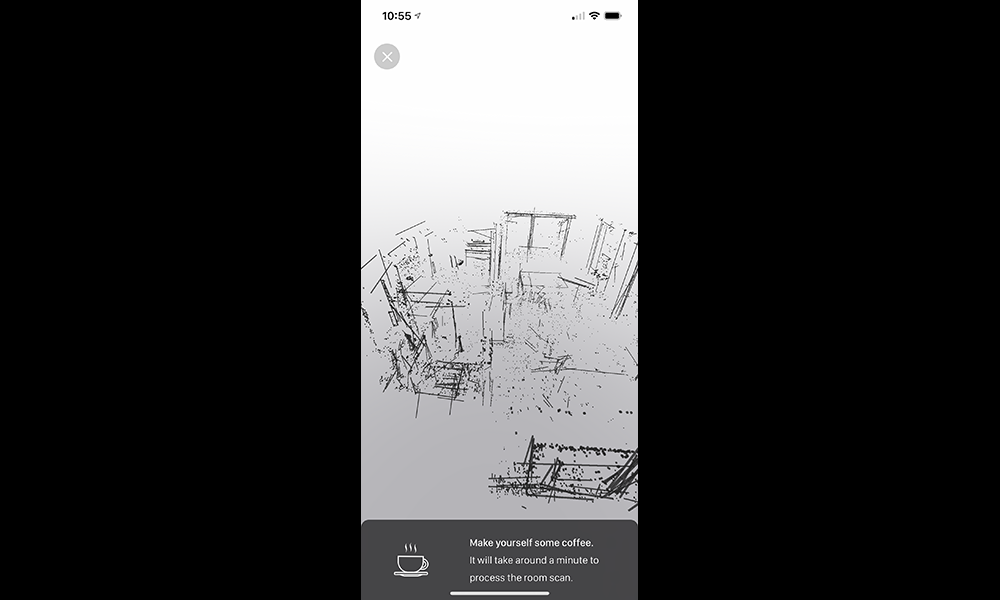
That then turns into something more reasonable-looking, albeit with some surreal touches and stray straight lines on curved edges.
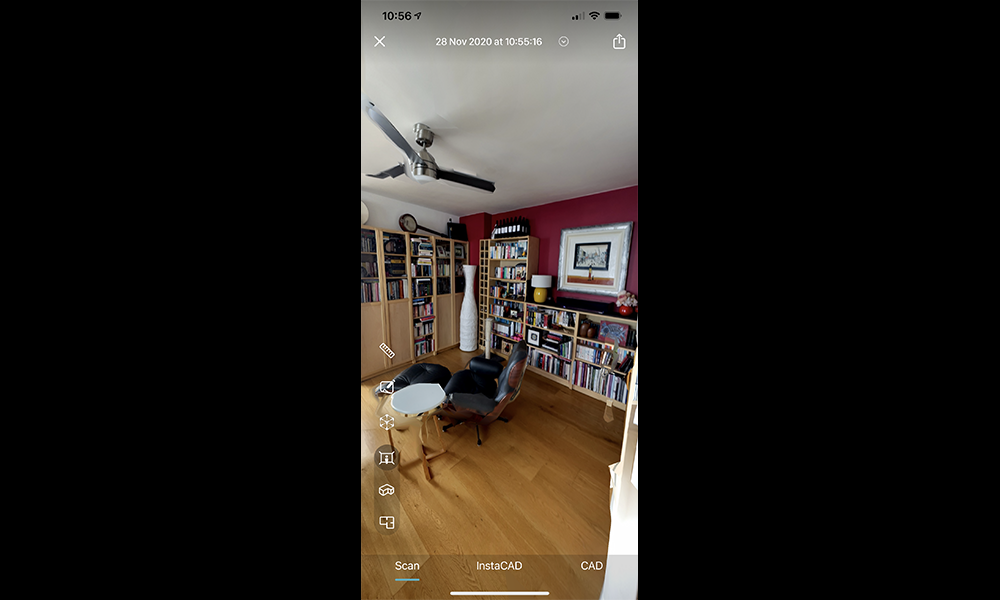
But you do at that point have a reasonable augmented reality model of the room. You can now go stand in another room, turn around and view your AR model – even if some angles still look exceedingly unlikely to form the basis of detailed CAD models.
However, you can at this stage start taking measurements in the model — and they were already a perfect match for the professional plans we had created.
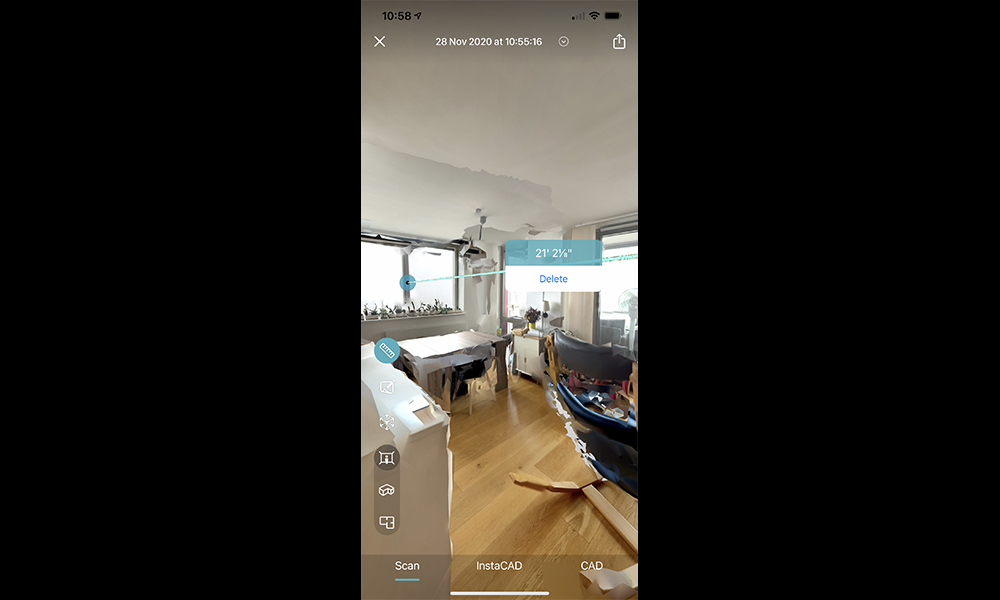
The real magic happens when you order your CAD models through the app. You can choose between a 2D plan for $15, and a range of 3D models that cost either $29 or $39, depending on the format you or your contractor need. The app supports SketchUP (.skp .dwg and .dae files), Revit (.rvt, .dwg and .ifc) and Chief Architect (.plan, .dwg and .dae). All include the reprocessed scan, too.
I passed the results to the architect friend who produced our plans, and he was extremely impressed.
Wow, so much detail! It even made different layers to isolate ceiling and other parts – I’m super impressed, as that’s a few hours of work!
He confirmed that the models produced would be suitable for contractors to use. All of the images below can be viewed in a new tab to see them at a larger size.
If you don’t use any of the apps, you can still view the models online, and I was blown away by the results. The top image, for example (reproduced here for convenience) was created by simply unchecking floor, ceiling, and walls. I was then able to rotate the model, zoom into it, and walk around it.
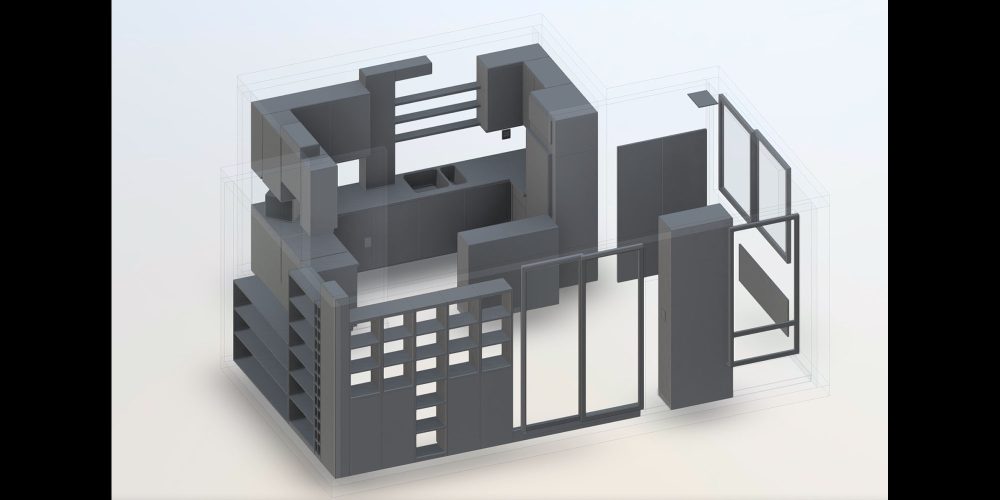
Here’s the same thing from another angle, but this time I’ve unchecked the doors and windows, too.
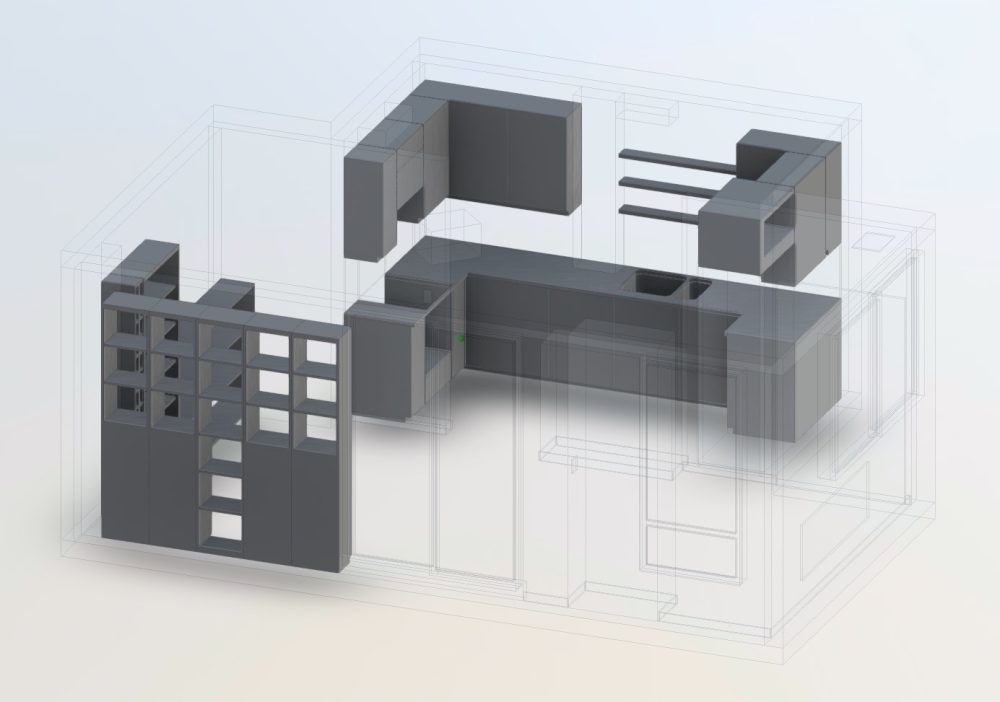
I was really impressed by the way it was able to show the shelves and wine racks without any of their contents.
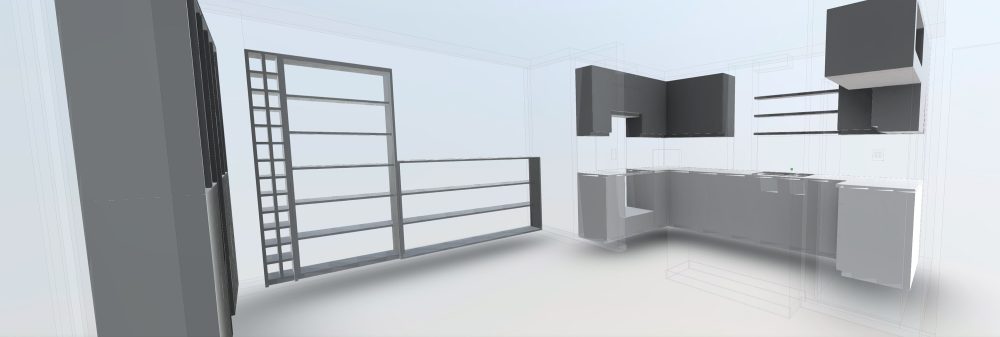
You can walk/fly though the images freely – here’s a view looking through a wall from inside a bookshelf.

Finally, the 2D plan, which is less exciting but probably most useful.

I have to say I’m incredibly impressed. The end result were models and plans that would otherwise be much more expensive to create, and the different ways you can explore the models is also really helpful when thinking about how you want to use or reorganize the space.
Canvas is a free download from the App Store. Turning the scans into CAD models costs between $15 and $39 per room, depending on the desired format(s).
Author: Ben Lovejoy
Source: 9TO5Google



